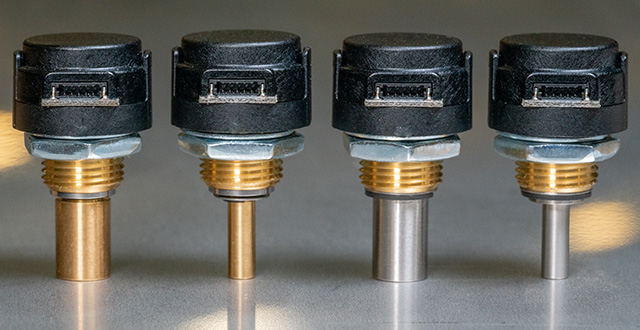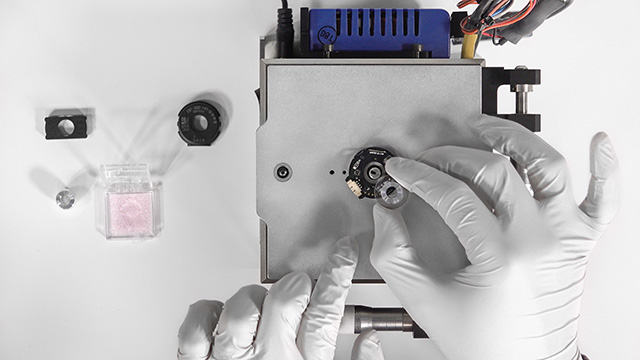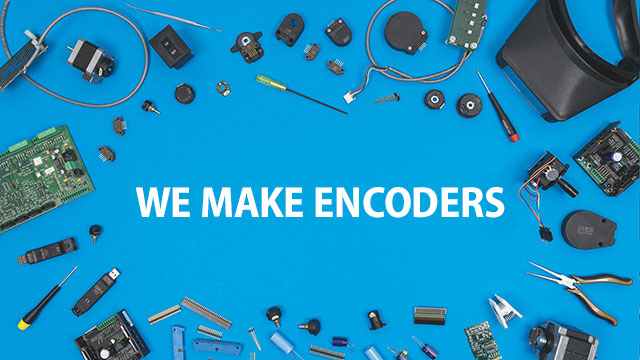US Digital’s In-House Engineering Talent Automates Production Process Using a Panel Feeder
Here at US Digital, we’re always looking for ways to improve our existing processes and how we can use automation to enhance what our people can do. Sometimes a challenge with one particular product can lead to a solution that benefits our entire product line.
After releasing our E4T and E8T miniature optical encoders, we decided to take a look at improving efficiency in our surface mount technology (SMT) line. Up to that point, our SMT technicians had been loading PCBs for all our products manually. A new board needed to be fed into the system every few minutes. Between loadings, our technicians would do other tasks in the area including visual inspections and loading components.
The PCBs for the E4T and E8T went through the SMT line in about 20 seconds, which meant that manual loading wasn’t practical anymore. If technicians were manually loading PCBs, they weren’t able to get to other tasks without stopping the line temporarily.
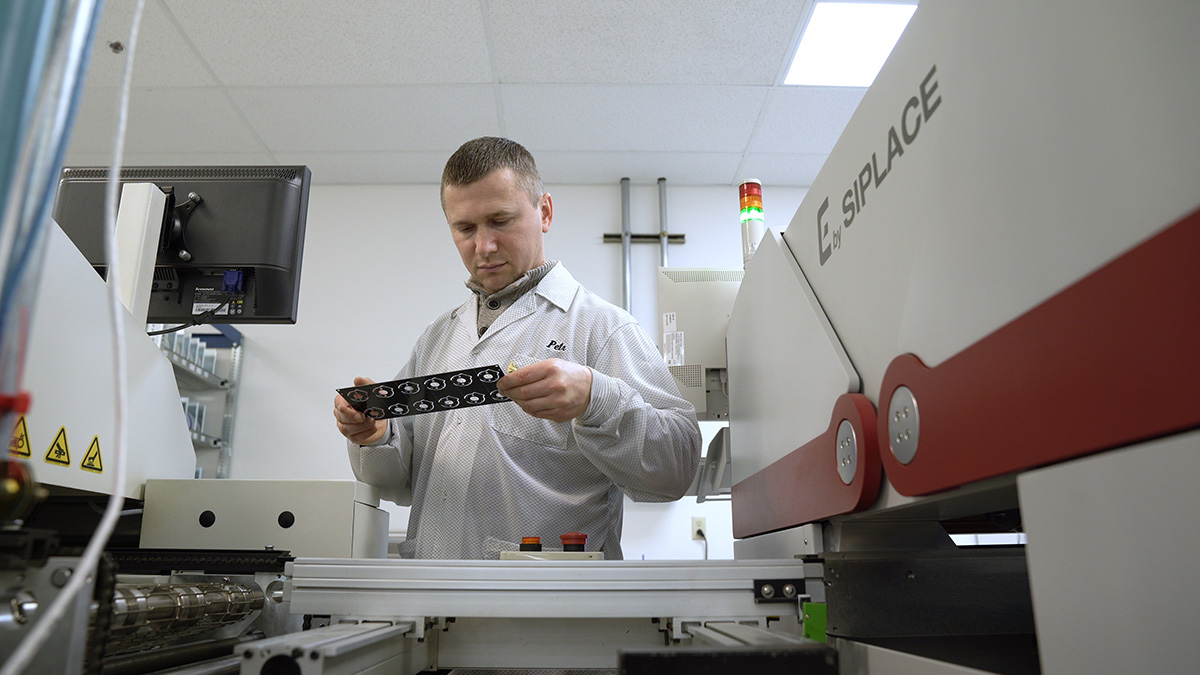
“It’s not a problem if a board take 5 or 10 minutes (to go through the line),” said Peter Semenov, US Digital Soldering Technician. “But when it takes 20 seconds, that’s a different story.”
To solve the problem, we challenged our in-house engineering talent to find a way to automate the process and free up technicians time.
“Rather than have our people help machines, we find ways to have machines help our people,” said Neal Donowitz, Chief Operating Officer at US Digital. Donowitz asked Richard Somerville, one of our mechanical engineers, to partner with Semenov to develop an automated machine to feed the SMT line.
It was important that the new machine would work with Semenov’s workflow, instead of dictating it. That meant that the machine needed to have the ability to do a few different things.
- It needed to be able to quickly change between different board sizes.
- In addition to being able to work fully automated, Peter needed the ability to stop the machine and manually send boards through with the push of a button if he needed to fix something or keep an eye on part of the process.
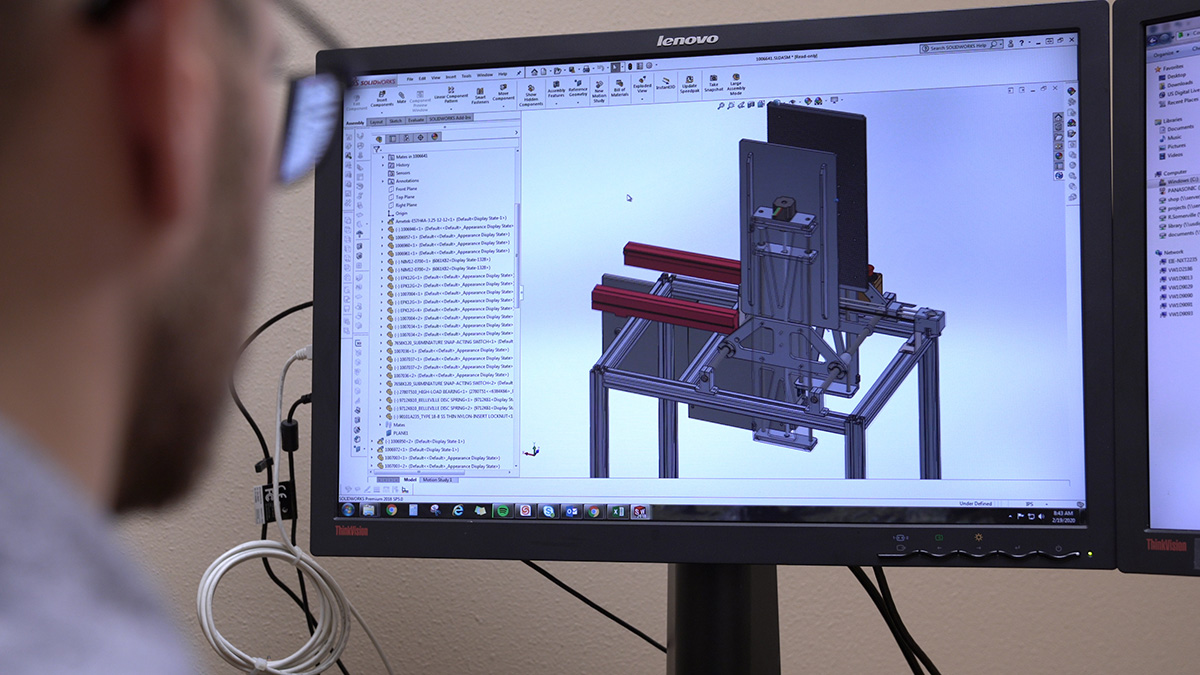
Off the shelf loading solutions didn’t quite meet all those requirements, so Somerville started working on a custom solution using a few off the shelf components, including linear actuators with our E6 Optical Encoders preinstalled and our MD3 Microstepping Motor Driver.
“Most commercial off-the-shelf feeder systems are designed for loading/unloading from a fixed magazine,” Somerville said. “With the high mix and low volume of PCB sizes and shapes we use, a fixed magazine system wouldn’t be as flexible as we need.”
Somerville developed a magazine that could expand and contract to fit different size PCBs. Two of the motors raise and lower the magazine to feed individual PCBs, with a third motor used to push individual PCBs onto the conveyor system on the SMT line.
To control the motion of the three motors, Somerville connected the motors and encoders to MD3 drivers and those drivers to a PLC. The drives count the quadrature output from each encoder and store the count locally in internal memory.
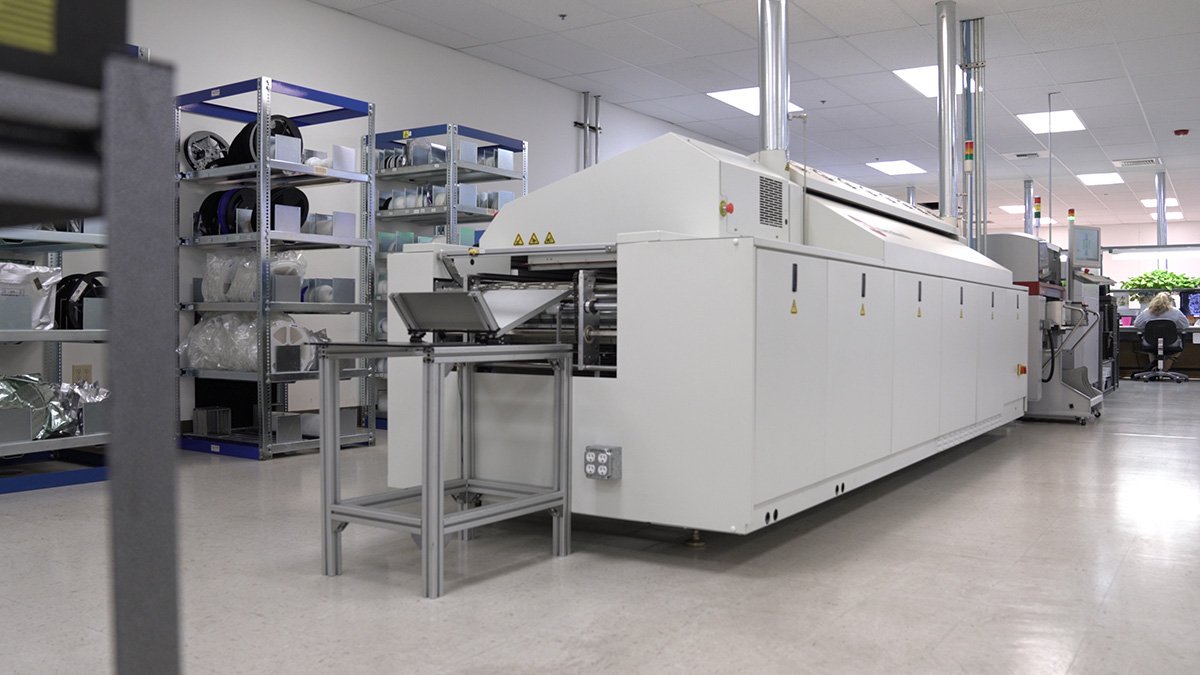
The E6 incremental optical encoders worked well in this application because Somerville didn’t need to track absolute position. Because high resolution wasn’t critical in the application, he chose a 200 CPR model.
Sommerville designed a frame to support the board stack assembly and conveyor, and chose an equipment cabinet to house the MD3 drives, the PLC, and power supplies. For operator controls, he consulted Semenov again.
“He was particularly interested in laying out the user interface, and setting up the controls and workflow of operating the machine,” Somerville said.
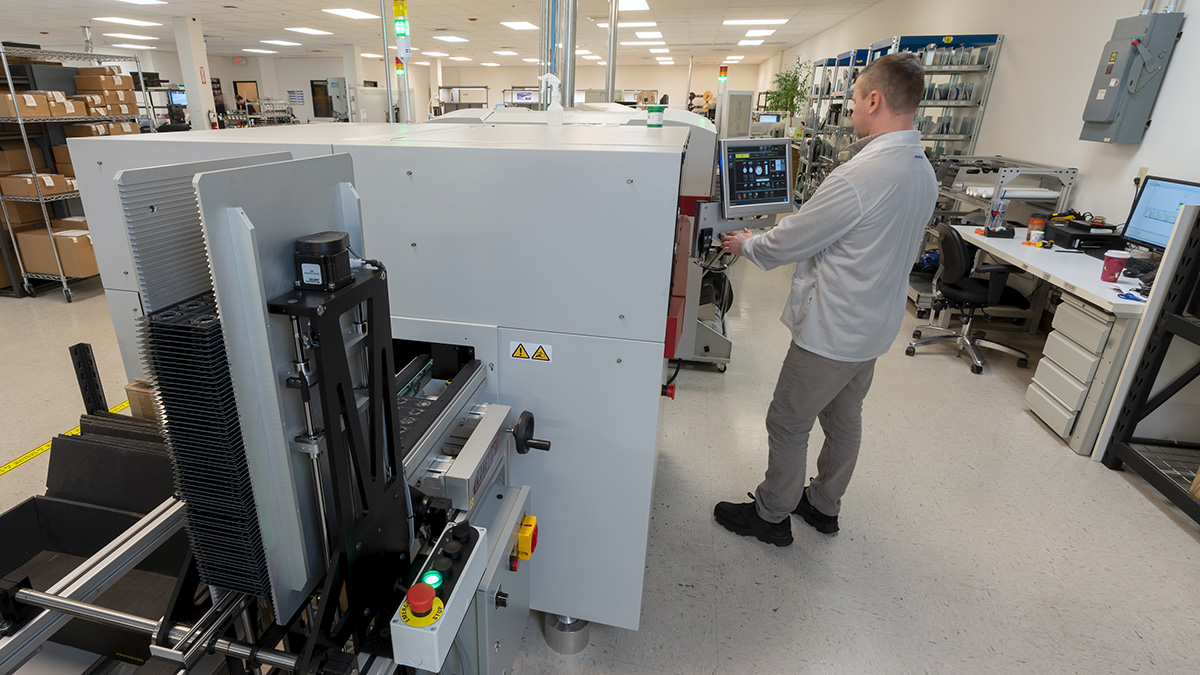
Once the design was complete and the board feeder was working as expected, Somerville released it to production. Semenov is pleased with the results. He can now load a stack of boards and start the machine. While it is busy doing its work, he is free to do his work.
Developing the automated loading method not only allowed our technicians to continue doing other tasks in their area while making E4T and E8T PCBs, but it also increased the SMT line’s efficiency across our entire product line.
More in News
Stay up to date
Sign up for our newsletter to stay up to date with our product updates, blog posts, videos and white papers.
